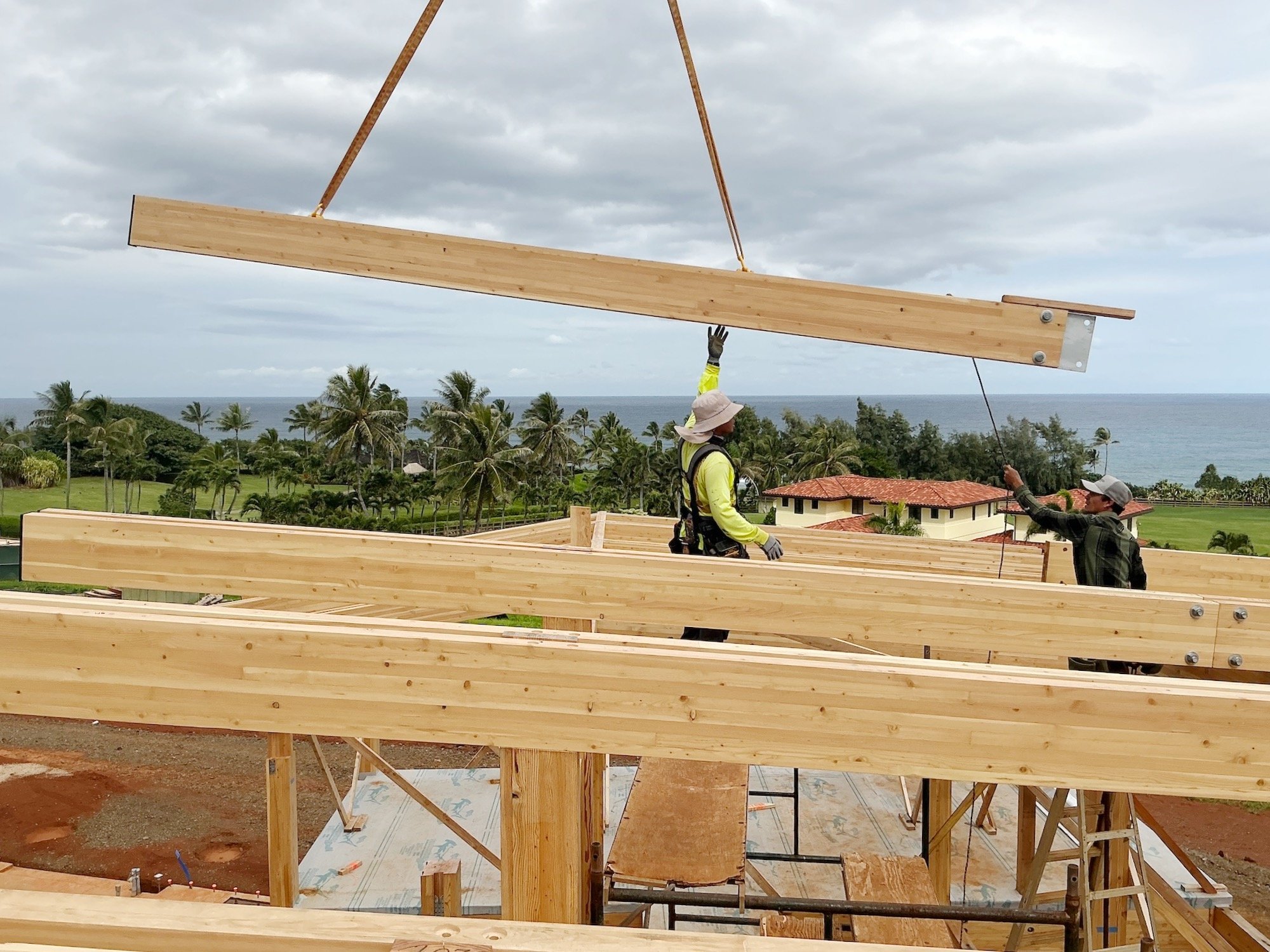Investing in Sustainability: How Net-Zero Home Design Can Save You Money in The Long Run
Anahola Mass Timber Home-Kauai
At Hawaii Off-Grid, one of the most common questions we hear from clients is:
“Is building a sustainable home or net-zero home more expensive?”
The short answer is yes—initial construction costs can be higher than a conventional home. But the long-term reality is this: a well-designed sustainable home saves money, increases resilience, reduces environmental impact, and provides financial independence from rising utility costs.
If you're researching the cost of sustainable building, or exploring off-grid home design, here’s what you need to know.
Upfront Cost vs. Lifetime Value in Green Home Construction
Traditional construction often focuses on the lowest bid, not the long-term quality of the home. In contrast, sustainable architecture prioritizes high-performance materials, efficient building systems, and durable design strategies that dramatically reduce operating costs over time.
A net-zero or off-grid home may include higher upfront investments such as:
Energy-efficient building envelope
Solar and battery systems
Low-carbon materials
High-performance windows and insulation
But those costs are offset by decades of avoided utility bills, reduced maintenance, and higher resale value in a growing market for eco-friendly homes.
In many cases, a homeowner pays back the premium within 5–10 years—and then continues saving every year after.
Passive Cooling Design: Free Comfort, No AC Required
Many homeowners assume that going “net zero” is all about adding solar panels. But the most powerful tool in sustainable home design is actually the architecture itself.
Hawaii Off-Grid designs homes that work with the environment, not against it. Through passive design strategies such as:
Trade wind–aligned layouts for natural ventilation
Deep roof overhangs and shaded glazing to prevent overheating
Thermal mass + low-carbon materials to stabilize indoor temperatures
Site-based solar orientation to reduce energy loads
…we can often eliminate the need for air conditioning entirely.
That means:
-Lower construction costs (no HVAC system to install)
-Lower lifetime costs (no electricity used to cool the home)
-Better indoor air quality and comfort year-round
This is where sustainable architecture becomes not just environmental—but economical.
Photo: Travis Rowan Photography
Energy Independence = Long-Term Savings
With electricity rates in the U.S. continuously rising, homeowners are paying more every year to stay connected to the grid. A net-zero or off-grid home, however, generates and stores its own energy, allowing homeowners to:
Avoid monthly utility bills
Remain operational during power outages and storms
Lock in lifetime energy costs instead of facing rate increases
Live more sustainably without sacrificing comfort or performance
In a world where resilience is becoming essential—not optional—self-sufficient home design is one of the smartest financial decisions a homeowner can make.
The Real Question Isn’t “Why Is It More Expensive?” — It’s “Why Isn’t Every Home Designed This Way?”
When clients ask whether sustainable building practices are worth the cost, we encourage a bigger-picture perspective:
You’re not just building a house—you’re building a future-proof asset.
You’re reducing costs across the lifetime of the home, not just the construction window.
You’re investing in resilience, comfort, and energy freedom—not just materials.
Sustainable design is not a trend. It’s where architecture is headed, especially in Hawai‘i, where the climate demands smarter, self-sufficient solutions.
Interested in designing a net-zero or off-grid home in Hawai‘i?
We specialize in sustainable architecture, passive cooling design, net-zero homes, and climate-adaptive construction throughout the Hawaiian Islands.
Let’s talk about your site, budget, and goals. Reach out to us here.




